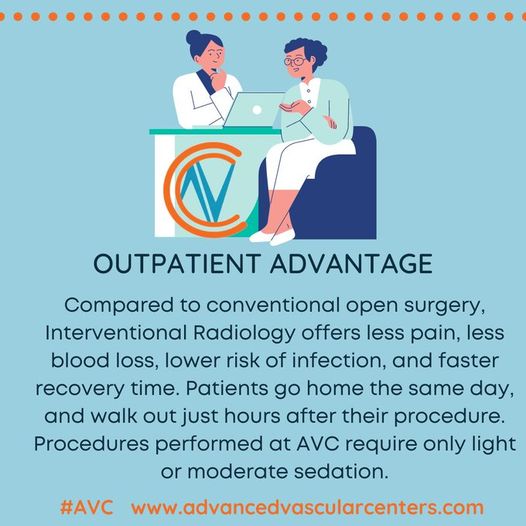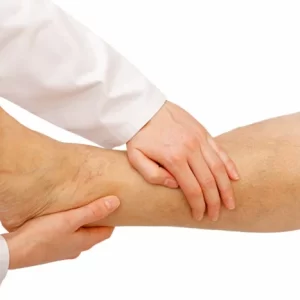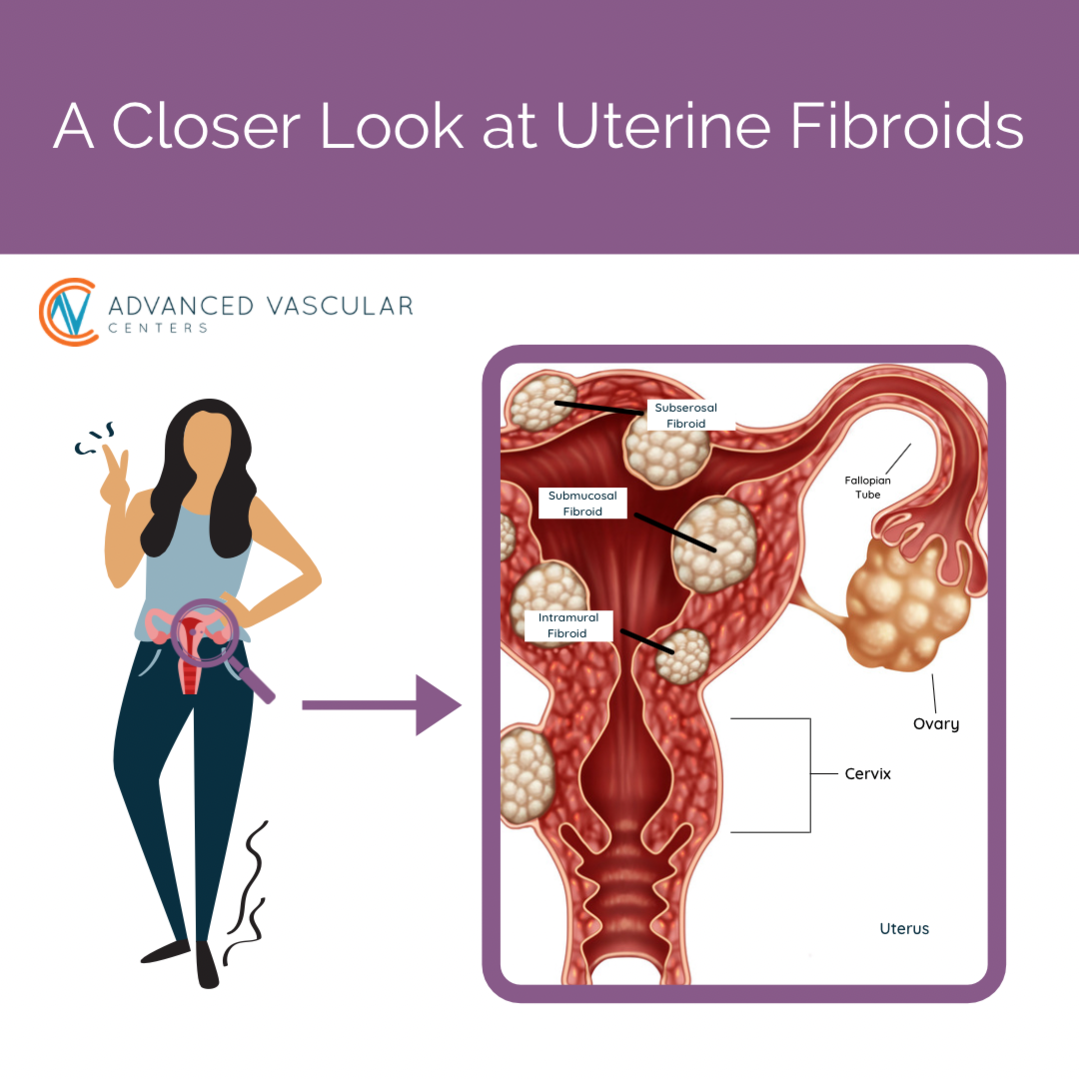Benign Prostatic Hyperplasia (BPH)
Benign Prostatic Hyperplasia is a common noncancerous increase in prostate size causing obstruction of urine which affects 50% of men over 60 and 80% of men over 70. BPH commonly leads to urinary problems known as lower urinary tract symptoms (LUTS).
An enlarged prostate gland can cause uncomfortable urinary symptoms, such as blocking the flow of urine out of the bladder. It can also cause bladder, urinary tract or kidney problems.
DOWNLOAD ENLARGED PROSTATE EBOOK
Contact AVC to see if a non-surgical procedure may be right to treat your BPH.
Benign Prostatic Hyperplasia
The prostate is a walnut sized gland located between the bladder and the penis. The main function of the prostate is to make a fluid that goes into semen. Prostate fluid is essential for a man’s fertility. The gland surrounds the urethra at the neck of the bladder.
The urethra, a channel bringing urine from the bladder to the penis, can become blocked as the prostate enlarges and leads to LUTS. Some symptoms of LUTS include increased frequency and/or incomplete urination, night-time urination, weak urinary stream and feeling an urgent need to urinate. Having BPH does not increase your risk for prostate cancer.
The cause of benign prostatic hyperplasia is not well understood; however, it occurs mainly in older men. Benign prostatic hyperplasia does not develop in men whose testicles were removed before puberty. For this reason, some researchers believe factors related to aging and the testicles may cause benign prostatic hyperplasia.
Throughout their lives, men produce testosterone, a male hormone, and small amounts of estrogen, a female hormone. As men age, the amount of active testosterone in their blood decreases, which leaves a higher proportion of estrogen. Scientific studies have suggested that benign prostatic hyperplasia may occur because the higher proportion of estrogen within the prostate increases the activity of substances that promote prostate cell growth.
The Outpatient Difference
When you get treatment at one of AVC’s outpatient labs, you will receive the highest level of exceptional care.
- cutting edge non-surgical procedure
- solves urination problems
- reduced pain & fast recovery
- safe with low rate of side effects
- erectile & sexual functions are maintained
- effective lasting results
- same-day outpatient care
- comfortable sedation/anesthesia
What Are The Symptoms Of BPH/LUTS?
- Frequent or urgent need to urinate
- Increased frequency of urination at night
- Hesitancy – Difficulty starting urination
- Weak urine stream or a stream that stops and starts
- Dribbling at the end of urination
- Inability to completely empty the bladder
- Feeling an urgent need to urinate
- A short period of time between the urges to urinate
BPH is diagnosed based on medical history, blood tests (e.g., Prostate Specific Antigen (PSA)), & rectal exam (e.g., digital, ultrasound). If you have symptoms of LUTS, you may be eligible for a non-surgical treatment called prostate artery embolization (PAE).
Untreated BPH may lead to severe issues such as urinary tract infections, bladder stones, blood in urine, & kidney failure.
How Is BPH Diagnosed?
BPH is diagnosed based on medical history, blood tests (e.g., Prostate Specific Antigen (PSA), & rectal exam (e.g., digital, ultrasound). If you have symptoms of LUTS, you may be eligible for a non-surgical treatment called prostate artery embolization (PAE).
If you experience any of the following, contact us to discuss treatment options.
What Are The Treatment Options For BPH?
BPH TREATMENTS include lifestyle modifications (mild symptoms), medications (moderate symptoms) PAE (moderate/severe symptoms) or surgery (severe symptoms).
PROSTATE ARTERY EMBOLIZATION (PAE) is a non-surgical procedure, performed through a tiny pinhole in the skin. Advanced state-of-the-art imaging is used to guide a small catheter to the prostate arteries. Then tiny beads —the size of grains of sand — are released to block the blood flow to the prostate causing it to shrink & improve urine flow.
PAE is a proven, safe, same-day procedure. The majority of patients have no or mild soreness after the procedure. Most patients are back to their baseline level of activity 1-2 days after the procedure. Studies demonstrate >80% of patients have significant improvement of their urinary symptoms after PAE. All surgical options are preserved after PAE for the small number of patients whose symptoms do not improve after treatment.
As doctors, we owe it to YOU, to give you two things:
- All of your treatment options, both surgical and non-surgical.
- Our professional opinion about each of these options for YOU.
BPH TREATMENT OPTIONS
Lifestyle Changes
Some men have success managing frequent urination by: (1) stopping drinking fluids a few hours before bedtime or going out; (2) avoiding or drinking less fluids that can make you go more often, like caffeine and alcohol; and (3) “double voiding” – after you empty your bladder, you wait a moment and try to go again.
Medicines
The types of medicine used to treat BPH include alpha blockers, phosphodiesterase inhibitors, and alpha reductase inhibitors. Medicines are chosen depending on your medical history and medicine side effects such as dizziness and erectile dysfunction. Men who have erectile dysfunction may consider a phosphodiesterase inhibitor over the other options. Most men with BPH who start taking a medicine will need to take it forever to relieve symptoms unless they have a more definitive treatment such as surgery or PAE.
Surgery
Most surgeries are performed by insertion of surgical tools through the penile urethra. The different surgeries have their own advantages and disadvantages.. The best surgical option depends upon the size and location of enlarged prostate tissue, the surgeon’s expertise, and your preferences. Transurethral resection of the prostate (TURP) has been used extensively in the past and remains a common transurethral procedure for moderately enlarged BPH.
The Urologist inserts special instruments through the urethra to cut and remove pieces of the enlarged prostate. Most men stay in the hospital overnight after the surgery and complications can include bleeding, sexual dysfunction including retrograde ejaculation, and problems with urination. Other surgical options include total prostatectomy, prostate ablation, and laser enucleation of the prostate.
Medicines & surgery have traditionally been the only treatments until PAE became available as a proven advanced option. You may be eligible for PAE if medicines are not effective, surgery is not desired or contraindicated, you don’t have prostate cancer and you pass screening tests. AVC physicians are experts in performing PAE to improve LUTS.

APPOINTMENT REQUEST




FAQ
How long does benign prostatic hyperplasia last?
Painful or frequent urination should go away within about two to three weeks. Sexual side effects, such as erectile dysfunction, are unlikely. Studies currently suggest that symptom improvement lasts for at least five years.
Can you live with benign prostatic hyperplasia?
BPH is not life-threatening, but it can be bothersome.
What is the main cause of prostate enlargement?
The cause of prostate enlargement is unknown, but it’s believed to be linked to hormonal changes as a man gets older. The balance of hormones in your body changes as you get older and this may cause your prostate gland to grow.
Why is BPH worse at night?
Because the prostate is enlarged, additional pressure is put on the urethra – the tube through which urine flows from the bladder and out of the body – and as a result, urine is retained in the bladder. Sufferers may feel the need to urinate more often or more urgently, including at night.
What happens if you leave an enlarged prostate untreated?
Left untreated, an enlarged prostate can lead to a sudden inability to urinate, cause urinary tract infections and bladder or kidney damage.
What are the first signs of prostate problems?
- Frequent urge to urinate.
- Need to get up many times during the night to urinate.
- Blood in urine or semen.
- Pain or burning urination.
- Painful ejaculation.
- Frequent pain or stiffness in lower back, hips, pelvic or rectal area, or upper thighs.
- Dribbling of urine.
How can I relax my prostate?
- Practice “double voiding” by urinating as much as possible, relaxing for a few moments, and then urinating again.
- Try to relax before you urinate.
- Take plenty of time to urinate.
- Try sitting on the toilet instead of standing.
- Think of other things or read while you are waiting.
How do you sleep with BPH?
Symptoms of mild BPH can often be mitigated by reducing fluid intake before going out in public or before sleep. Avoiding or reducing alcohol and caffeinated beverages may be beneficial. Reducing medications such as decongestants, antihistamines, anti-depressants, and diuretics is often recommended.





